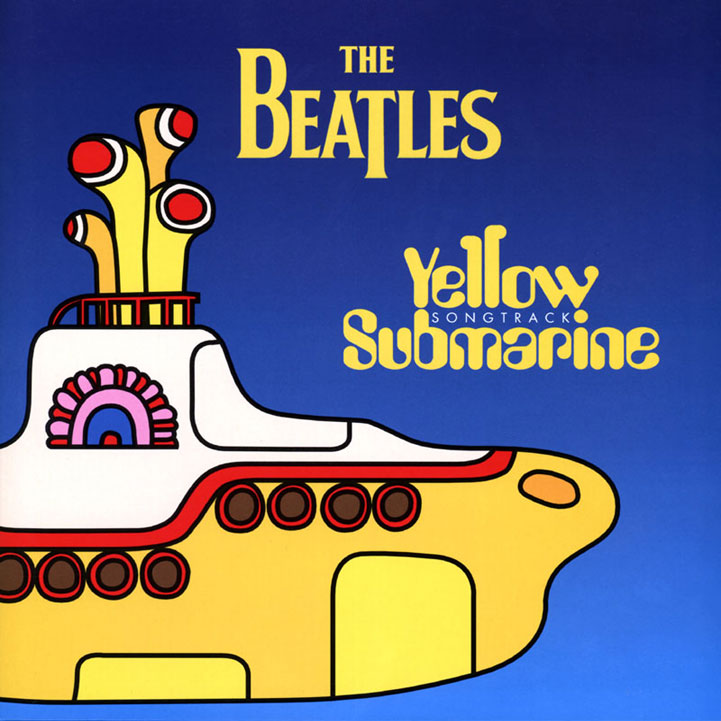How much do your students know about you? Are they curious about what you were like when you were their age? One of the best ways to start using storytelling in your classroom is to begin with a personal story about yourself. Children will be fascinated to see a photo of you when you were their age, a precious object that you may have, or listen to a description of what your childhood house looked like.

Emotional Connections
Starting from a personal point of view, and telling a positive story, will mean that what you tell will have an emotional connection, and will most probably be filled with special memories and beautiful descriptions.
Young learners love hearing stories that they can relate to and identify similarities that they may have in their home and family lives. The relationships between brothers and sisters, childhood secrets and funny moments all make for a great storyline. So, with some simple planning, your special personal story could be ready in no time! Let’s look at personal stories more closely…
Telling a story about yourself
When thinking about your story, always start with something simple that brings a smile to your face and is connected to a positive memory.
Ideas could be:
- Write your full name on the board and say why your parents chose it.
- Point to a map and say where you were born, describe your family home.
- Talk about your brothers and sisters, cousins and grandparents.
- Talk about a pet you had.
- Tell your students about your school life when you were their age.
- Talk about your favorite games and toys that you used to play.
Using personal objects, props, songs and photos


I like using photos, objects, and memorabilia that help to illustrate a tiny ‘slice’ of my life. If you have a photo of yourself at the same age as your students, or a childhood object, this can be the perfect item to share with them. If you know a song that connects to the story it can be a lovely way to include the whole class as they sing along with you. Seeing real objects or hearing a familiar song as part of a story can help students connect to the storyline, and will encourage curiosity and engagement.
You can use your props in a number of ways:
- Hold up each item as you tell your story.
- Stick photos onto a board and point to each one as you tell the story.
- Get students to guess which image goes with what you’re saying.
- Pass objects out into the audience each time you mention them in the story.
- Show images connected to the song for students to guess what it is.
- Hum the refrain to see if they know which song you want them to sing.
Once you have decided on the props you want to use, you should organize the story into sections: a beginning, a middle and an end or add some sort of time-line. Photos that show different stages of your life can help you do this. For example, a photo of yourself as a baby, a child, a teen, and an adult will have a natural time-line. You can use these images to ask questions and get your students to guess your age, for example.

As you use personal stories and anecdotes, your students will begin to see you not only as a teacher but even more as a human being, and this will bring a completely new dimension to the teacher – student relationship! Once this story exchange has been set up, you can use it throughout the school year and connect your past childhood experiences to what your students are going through too. In this sense, stories can be so therapeutic, and when we touch our students’ inner lives, their school time memories will be bright and positive.
Your story may be short and simple or take up a whole lesson. What you can be sure of is that your students will feel closer to you and this will change your classroom environment forever!
Lucy Crichton is the author of the reading anthologies for Look.
Learn more about Look, a seven-level series for young learners of English here!



I suggest to give the students a title of a story and ask them to make a story of their imagination….I can give them some vocabularies to facilitate this task.
That’s a great idea Azza Gamal Ali!
I like the way using teacher’s photos and objects sharing story and building connection with our young learners.
And in my times, the photos were taken and developed differently from the digital one.
Great idea.
Nice Winnie! Real photos are wonderful too and would add a tactile feeling to the story….